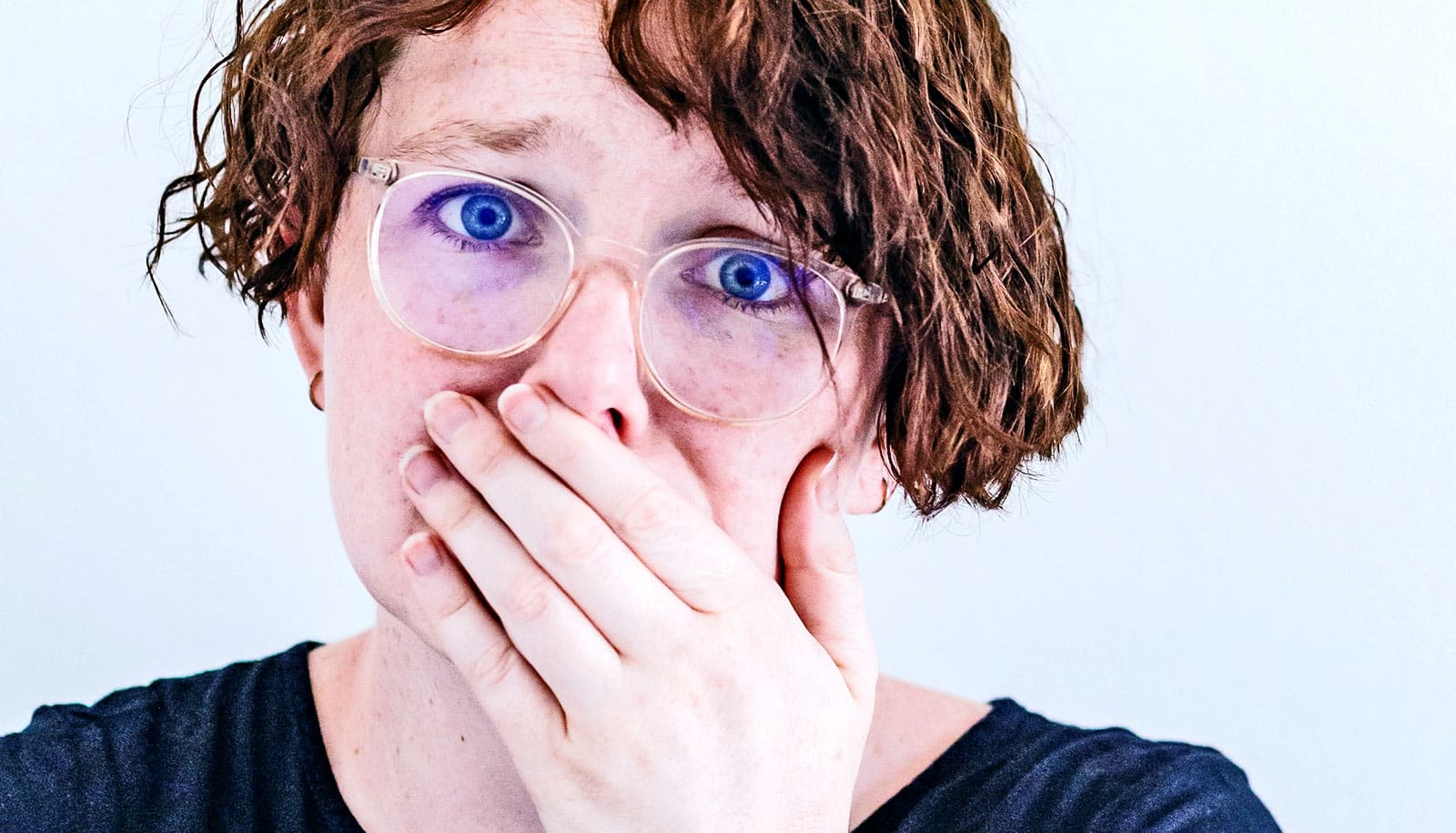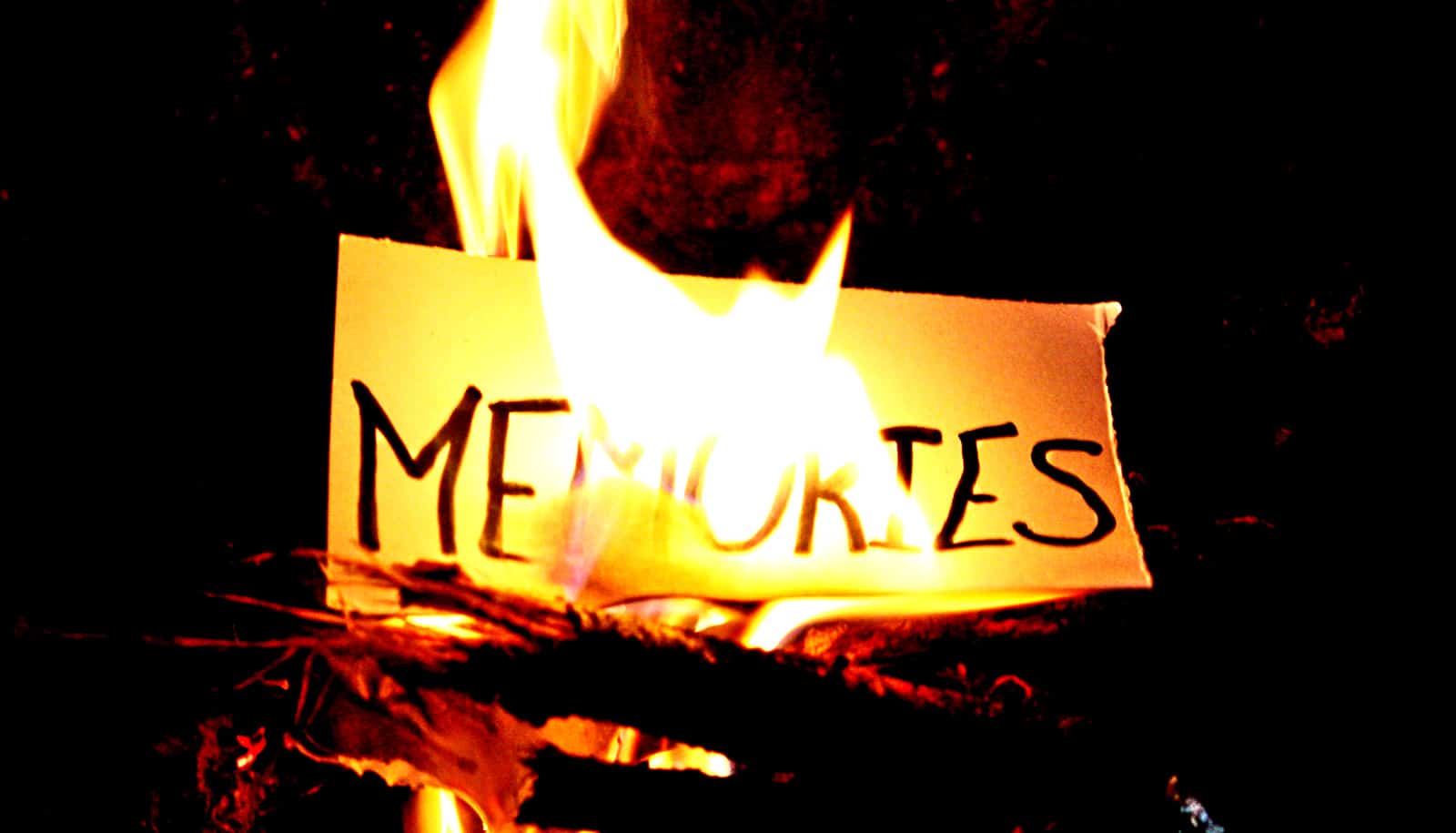A piece of “junk DNA” could be the key to extinguishing fear-related memories for people struggling with post-traumatic stress disorder and phobia, according to a new study.
Researchers discovered the new gene while investigating how the genome responds to traumatic experiences.
“It’s like harnessing the power of the Hubble Telescope to peer into the unknown of the brain.”
“Until recently, scientists thought the majority of our genes were made up of junk DNA, which essentially didn’t do anything,” says Timothy Bredy, associate professor at the University of Queensland’s Brain Institute.
“But when researchers began to explore these regions, they realized that most of the genome is active and transcribed.”
Using a powerful new sequencing approach, Bredy’s team identified 433 long noncoding RNAs from relatively unknown regions of the human genome.
“The technology is a really interesting way to zero in on sites within the genome that would otherwise be masked,” Bredy says. “It’s like harnessing the power of the Hubble Telescope to peer into the unknown of the brain.”
A new gene, which the researchers labeled ADRAM, was found to not only act as a scaffold for molecules inside the cell, but also helped coordinate the formation of fear-extinction memory.
Until now, there have been no studies devoted to understanding these genes, or how they might influence brain function in the context of learning and memory.
“Our findings suggest that long noncoding RNAs provide a bridge, linking dynamic environmental signals with the mechanisms that control the way our brains respond to fear,” Bredy says.
“With this new understanding of gene activity, we can now work towards developing tools to selectively target long noncoding RNAs in the brain that directly modify memory, and hopefully, develop a new therapy for PTSD and phobia.”
The study appears in Cell Reports.
The Brain & Behaviour Research Foundation (NARSAD), the National Institutes of Health, the Australian Research Council, and the Westpac Bicentennial Foundation funded the work.
Source: University of Queensland



